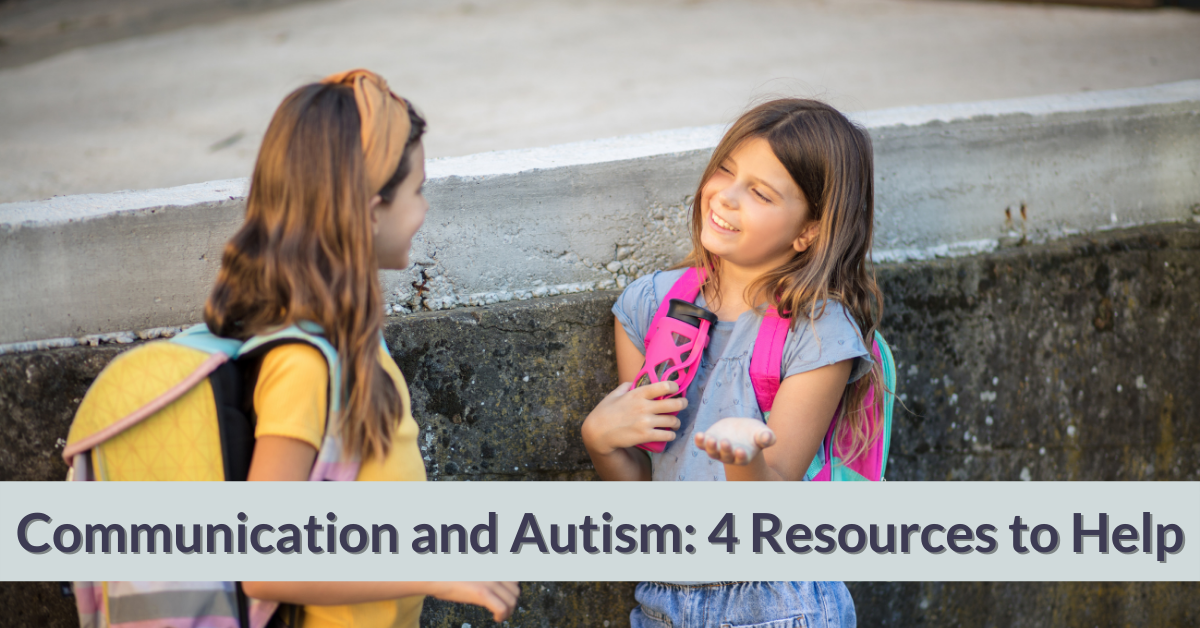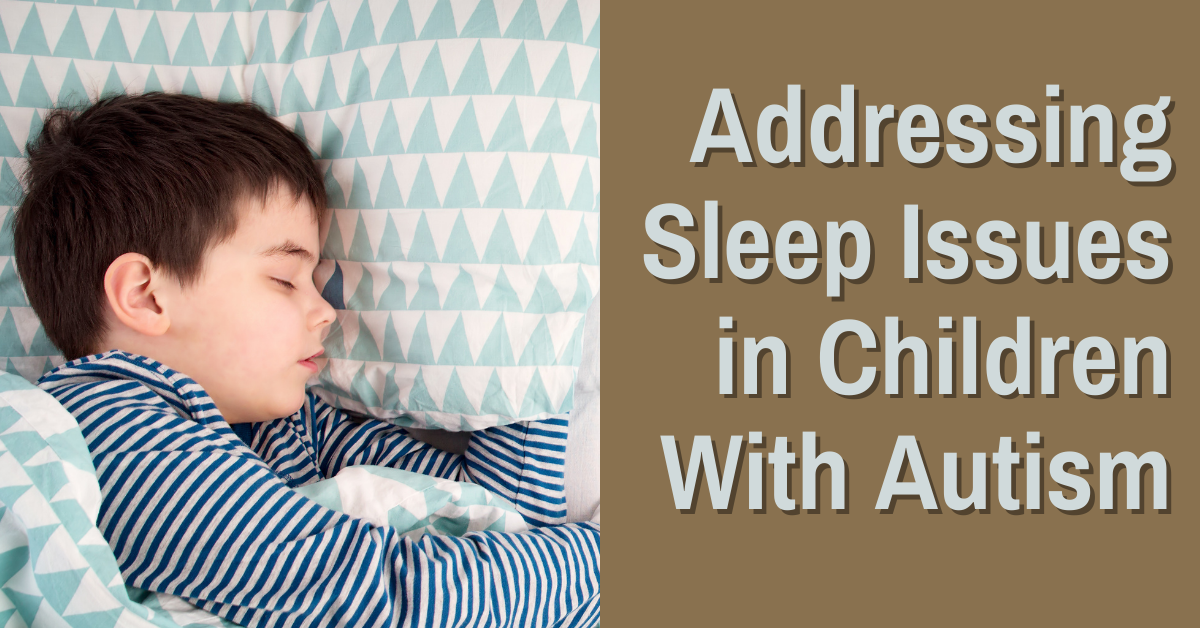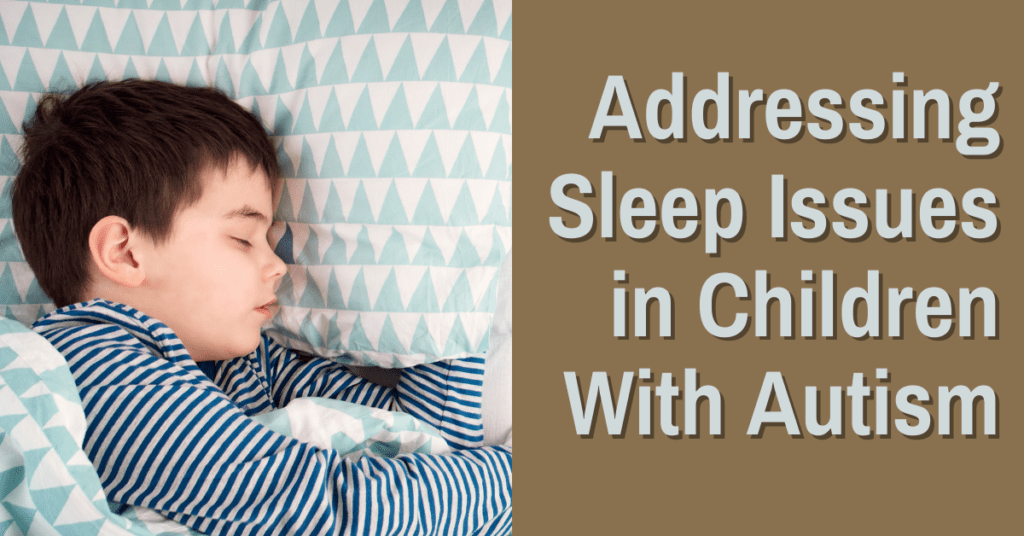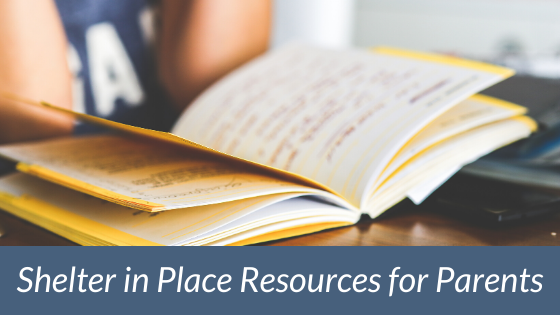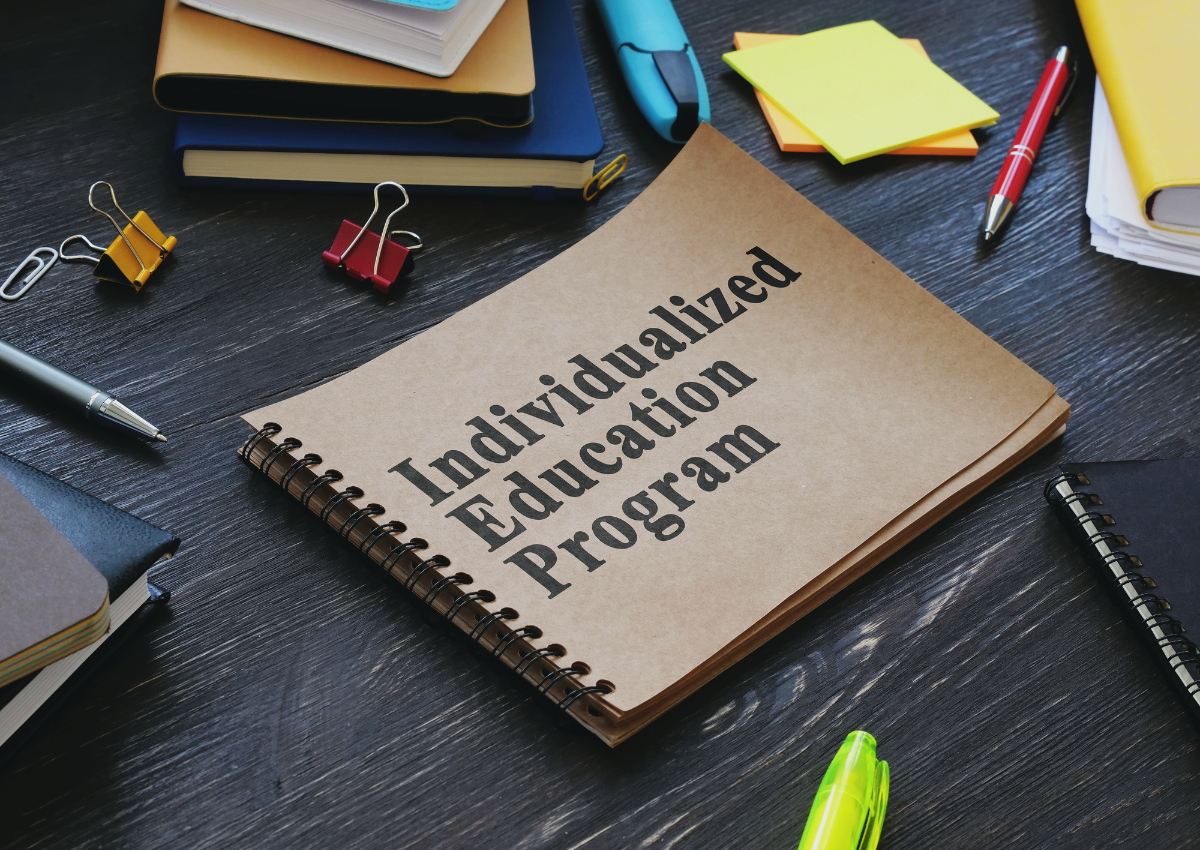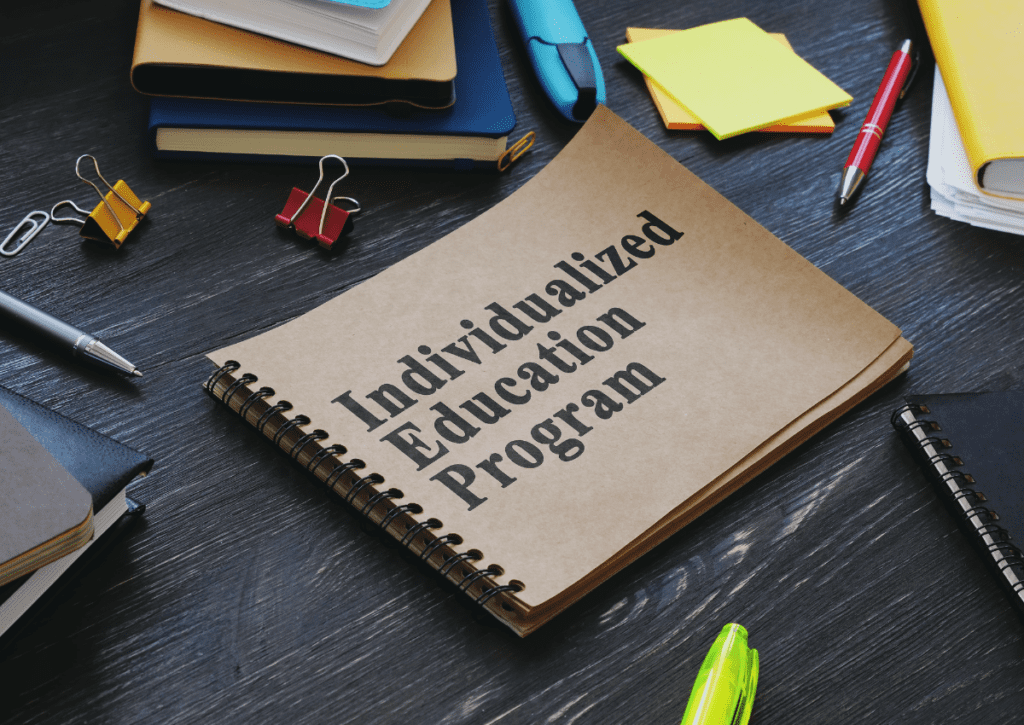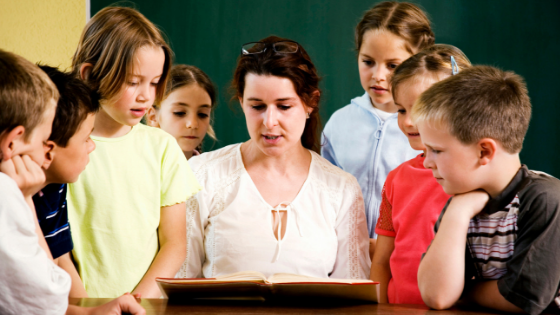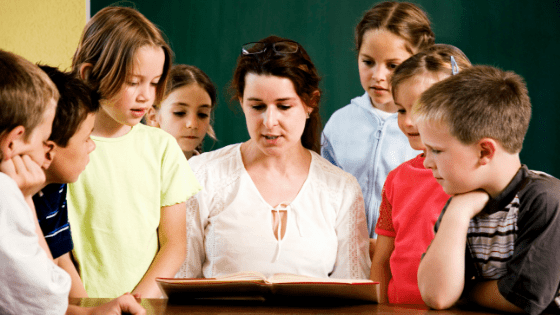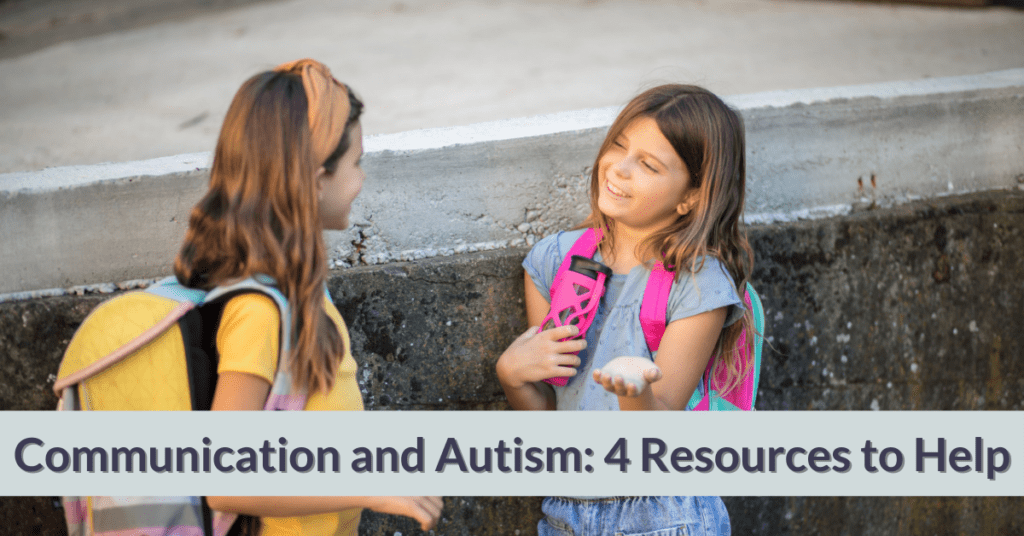
Communication and speech are common struggles for some individuals with autism. Those who do not speak or who have great difficulty speaking may be considered “nonverbal,” while those who do speak are considered “verbal.” However, “non-verbal” is not an entirely accurate term. Those who do have challenges speaking may still understand words spoken to them, or use other forms of communication. On the other hand, those who can speak verbally may still benefit from additional communication methods.
ABA teaches functional communication in a variety of ways. It’s crucial that those with autism learn to communicate their wants and needs. Through learning effective communication, individuals receive the help they need to live their best life.
Communication and Autism
In ABA therapy, BCBAs (Board Certified Behavior Analysts), RBTs (Registered Behavior Technicians) and ABA Therapists teach communication skills based on the behavioral and learning needs of the client. Additionally, Speech Language Pathologists target more specific communication goals and skills. BCBAs closely collaborate with speech and language pathologists to choose what will best help the client. BCBAs provide input on the client’s behaviors which determines the final decision on which communication method will be best. Additionally, BCBAs help parents learn what they can do at home to assist their child in communicating.
Building a Foundation for Communication
A common concern of parents who have a child who struggles with speech is how to teach them to communicate their wants and needs. This is typically one of the first skills that BCBAs work on for a client who is new to ABA Therapy.
We asked one of our fantastic BCBAs for input on this subject. Batoul Dekmak, M.Ed, BCBA, LBA, stresses the importance of working on communication with kids. “All kids that walk through our doors are fairly communicative. However, a lot of time they communicate more with their behavior.” For example, children often get frustrated and engage in problem behavior due to difficulties in appropriately communicating with others. BCBAs take data on this behavior and apply it to the language and communication process. “As soon as a child begins therapy with us,” Batoul explains, “BCBAs, RBTs, and Speech Pathologists immediately start working on multi-modal communication including vocal language, gestures, AAC devices, and PECS® books. We want the child to express themselves as much as they can to navigate their world more independently.”
BCBAs and Speech Pathologists simultaneously model language to promote development of robust communication skills. An example of this is when a child uses an AAC device when playing with toys. The BCBA may comment on the child’s play using their device, such as “play dinosaur,” stating what the child is doing. This shows the child that the BCBA can also communicate using the device and how to comment on something. The goal for communication is to meet a child’s needs and wants, as well as the child gaining the ability to socialize with others.
Tools for Communication
Here are several common methods used to help children with autism communicate.

PECS®
PECS® stands for Picture Exchange Communication System®. In this system, the child gives a picture or word icon to someone in exchange for what they are requesting. Consider this example within the ABA setting. If a child wants a snack, they hand an icon of a preferred food to their RBT or BCBA who would then give them the item. PECS® icons are often stored in a three-ring binder with pages of laminated icons attached with Velcro. If you stepped inside our clinics, you would see several clients walking around with these binders, often attached to a strap for easy transport.
The goal of PECS® is for non-verbal children and those who are learning to speak to communicate their needs to caregivers in a simple way. To address changing stages of communication development, PECS® consists of six phases starting with exchanging icons through constructing sentences.
Augmentative and Alternative Communication (AAC) device

An AAC device is a tablet or laptop that contains words and images. When a child selects a word or image, the device “speaks” the input requested. Kids with autism who use AACs gradually build skills for how to use the device. They might begin with simple one-word requests then moving to more complex sentences. Kids work on these skills in ABA therapy under supervision of BCBAs and speech pathologists. There are multiple AAC software such as LAMP™ or TouchChat, offering different layouts and ways of selecting words to meet the user’s needs.
Sign Language
Sign language uses hands and facial expressions to communicate, a common form being American Sign Language or ASL. Along with PECS®, ASL stands as one of the most frequently used methods of communication for non-verbal children on the autism spectrum.
Speech therapy
Licensed Speech Pathologists lead speech therapy. Speech Pathologists work with parents, teachers, and BCBAs to determine the best methods of communication for the child. In speech therapy sessions, the pathologist will work with the client on skills such as conversation, articulation, social cues and how to respond. If a client has an AAC device or PECS® book, the pathologist will help them use their device or icons effectively. At our clinics, our speech therapists often utilize games, toys, and fun activities to engage clients in the speech therapy process.
After reading through all this information on communication and autism, you may feel unsure of which method is best for your child. If you are interested in any of the mentioned tools, talk with your child’s BCBA. If you want more information on our ABA Therapy and speech therapy services, please contact us here.



